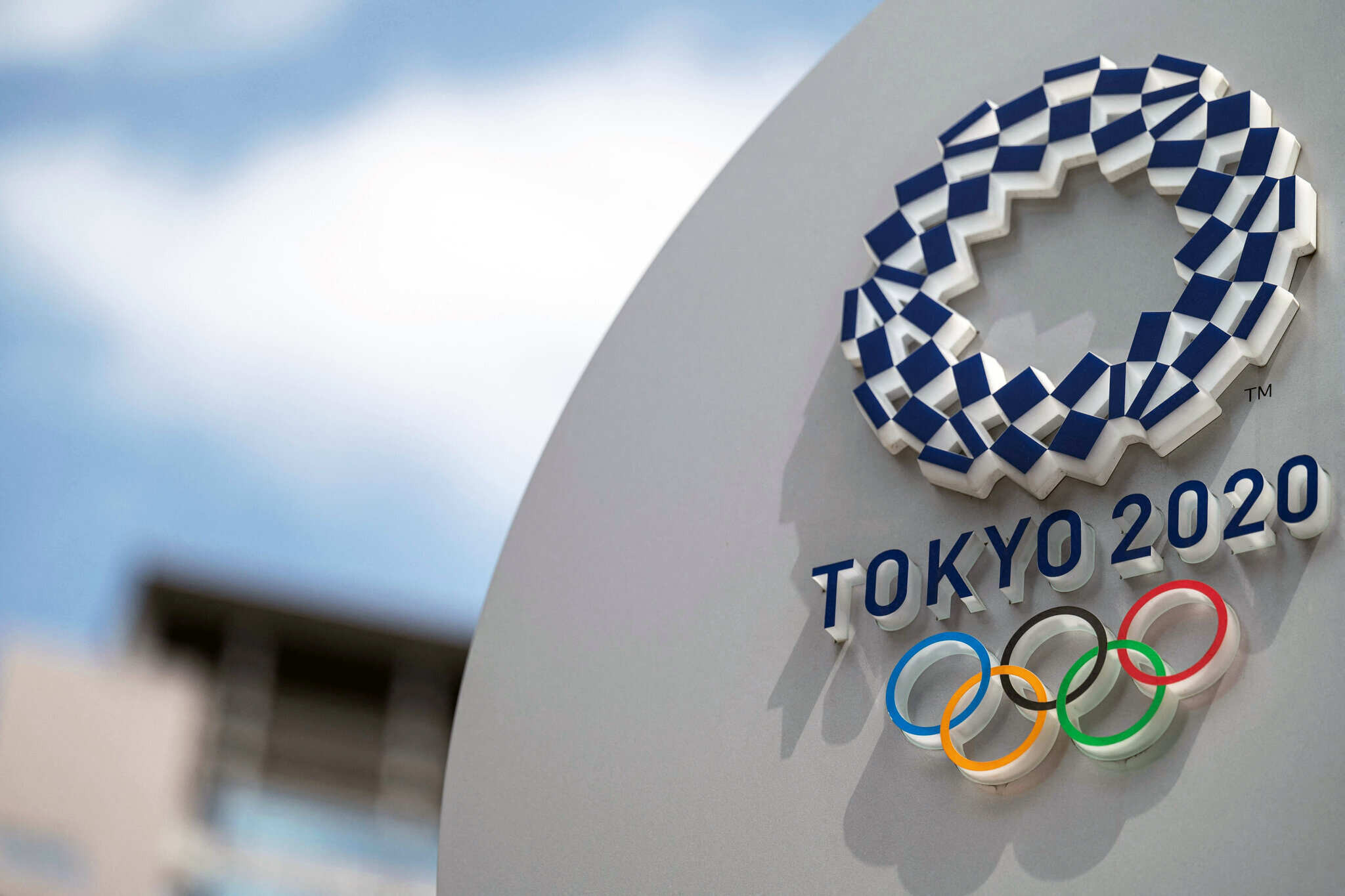Understanding the Olympic Breaking Schedule

The Olympic breaking schedule is a carefully crafted plan that dictates the order and timing of breaking competitions throughout the Games. It is crucial for athletes to understand this schedule, as it plays a significant role in their preparation and performance.
Factors Influencing the Breaking Schedule
The creation of the Olympic breaking schedule involves considering various factors to ensure a fair and engaging competition for all participants.
- Event Timings: The schedule must align with the overall Olympic Games schedule, considering the timings of other events and the availability of venues.
- Athlete Availability: The schedule must allow athletes sufficient rest and recovery time between their competitions. It also needs to accommodate athletes’ individual training schedules and travel arrangements.
- Broadcast Requirements: The schedule must cater to the needs of television broadcasters, ensuring primetime coverage for key events and maximizing viewership.
Impact of the Breaking Schedule on Athlete Performance
The Olympic breaking schedule can significantly impact athlete performance, both positively and negatively.
- Rest and Recovery: A well-structured schedule allows athletes sufficient time to rest and recover between competitions, minimizing fatigue and injury risk.
- Peak Performance: The schedule can help athletes peak at the right time, ensuring they are in optimal physical and mental condition for their most important competitions.
- Competition Pressure: A tightly packed schedule can create pressure on athletes, leading to increased stress and anxiety, which can negatively impact performance.
Analyzing Key Events and Their Timing

The Olympic Games are a global spectacle, and the excitement surrounding the breaking events is palpable. Understanding the strategic placement of these events within the overall schedule is crucial to maximizing audience engagement and viewership. By analyzing the timing of key events, we can gain insights into the factors that contribute to their popularity and the impact they have on the overall Olympic experience.
Popularity and Anticipation of Breaking Events
The popularity and anticipation of breaking events vary depending on the specific discipline and the athletes competing. However, some events consistently attract significant attention and generate high viewership.
- The men’s and women’s 100-meter sprints are perennial crowd-pleasers, known for their electrifying speed and the intense competition they generate.
- The men’s and women’s marathons are endurance tests that captivate audiences with their stories of human resilience and determination.
- The gymnastics finals, especially the all-around competitions, showcase incredible athleticism and artistry, attracting a wide range of viewers.
- The basketball finals, particularly in the men’s competition, are highly anticipated events, often featuring star players and intense rivalry.
Strategic Placement of Key Events
The Olympic organizers carefully consider the timing of key events to maximize audience engagement and optimize television ratings.
- Primetime slots are often reserved for the most popular events, ensuring maximum viewership in key markets around the world.
- The scheduling of events can also be influenced by factors such as weather conditions, athlete availability, and the overall flow of the Games.
- Events that are considered to be “must-see” television are often scheduled for the weekend, when more people are available to watch.
Impact of Event Timing on Audience Engagement and Viewership
The timing of key events can significantly impact audience engagement and viewership.
- Events scheduled during primetime in major markets tend to generate higher viewership than those scheduled at less popular times.
- The placement of events within the overall schedule can also influence the flow of the Games and the overall excitement level.
- For example, scheduling a major event like the men’s 100-meter sprint early in the Games can create a buzz and generate excitement for the rest of the competition.
The Role of Technology in Breaking Schedule Management: Olympics Breaking Schedule

The Olympic Games, a global spectacle of athletic prowess and national pride, are a complex logistical undertaking. Managing the schedule of breaking events, with their unique demands and tight timelines, requires precision, efficiency, and a touch of technological magic. Technology has become an indispensable tool for optimizing breaking schedules, ensuring smooth operations, and enhancing the overall athlete and spectator experience.
Technology’s Impact on Schedule Management, Olympics breaking schedule
Technology has revolutionized how Olympic breaking schedules are managed, offering numerous benefits. From streamlining communication to optimizing event flow, these tools empower organizers to navigate the intricacies of this demanding sport.
- Enhanced Communication and Collaboration: Dedicated software platforms facilitate seamless communication among organizers, athletes, judges, and support staff. These platforms enable real-time updates, task assignments, and efficient information sharing, minimizing delays and fostering a collaborative environment.
- Real-Time Data Analysis and Insights: Advanced analytics tools provide valuable insights into athlete performance, event attendance, and overall schedule efficiency. Organizers can leverage this data to make informed decisions regarding event timing, competitor selection, and resource allocation, ensuring a balanced and engaging schedule.
- Automated Scheduling and Optimization: Sophisticated algorithms analyze event constraints, athlete availability, and venue capacity to generate optimized breaking schedules. These algorithms minimize conflicts, maximize athlete participation, and ensure a seamless flow of events, creating a more efficient and engaging experience for all stakeholders.
- Improved Event Management and Control: Technology empowers organizers with real-time control over event logistics. Digital scoreboards, live streaming platforms, and automated timing systems provide accurate information to athletes, judges, and spectators, enhancing transparency and streamlining event execution.
Challenges in Implementing Technology
While technology offers immense potential for managing breaking schedules, challenges exist in its implementation and integration.
- Data Security and Privacy: Protecting sensitive athlete data, including performance records and medical information, is paramount. Secure data storage and encryption protocols are crucial to ensure privacy and prevent unauthorized access.
- System Integration and Compatibility: Integrating diverse technological systems from various vendors can be complex. Ensuring seamless communication and data exchange between platforms is vital for optimal schedule management.
- Cost and Training: Implementing advanced technology requires significant investment in software, hardware, and training for staff. Balancing cost-effectiveness with technological advancements is a crucial consideration for organizers.
- Technological Failures and Contingency Plans: Technology is not infallible. Organizers must have robust contingency plans in place to address potential system failures or technical glitches, ensuring the smooth operation of the breaking schedule.
Technologies Used in Olympic Breaking Schedule Management
| Technology | Features | Applications |
|---|---|---|
| Event Management Software | Schedule creation and optimization, resource allocation, communication tools, real-time event tracking | Managing event schedules, coordinating athlete and judge assignments, monitoring event progress |
| Data Analytics Platforms | Performance tracking, audience insights, trend analysis, predictive modeling | Identifying high-performing athletes, optimizing event timing, predicting audience engagement |
| Digital Scoreboards and Timing Systems | Real-time score updates, automated timing, video replay capabilities | Providing accurate and timely information to athletes, judges, and spectators, enhancing event transparency |
| Live Streaming Platforms | Broadcasting events globally, interactive features, on-demand content | Expanding audience reach, providing alternative viewing options, enhancing the spectator experience |
| Mobile Applications | Event information, athlete profiles, schedule updates, live scoring | Empowering spectators with real-time information, enhancing the fan experience, facilitating communication |
The Olympics breaking schedule can be a real heartbreaker, especially when you’ve been eagerly anticipating a specific event. It’s like when you’re waiting for a new album from a band you love, like justin simmons , and then the release date gets pushed back.
It’s a similar feeling of disappointment, but at least with the Olympics, there’s always another chance to catch the action.
The Olympics are a whirlwind of excitement, but sometimes the schedule can feel like a chaotic dance. It’s hard to keep up with all the events, especially when you’re trying to juggle work, family, and your own personal life. It reminds me of the relentless pace of politics, like the journey of Minnesota’s Tim Walz , who has navigated the complexities of governance with a steady hand.
Just like the Olympics, the political arena demands a commitment to excellence and the ability to adapt to unexpected changes.
